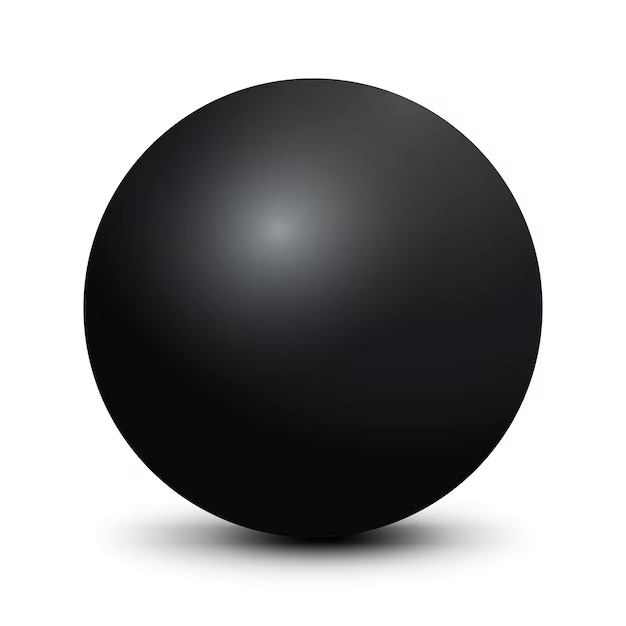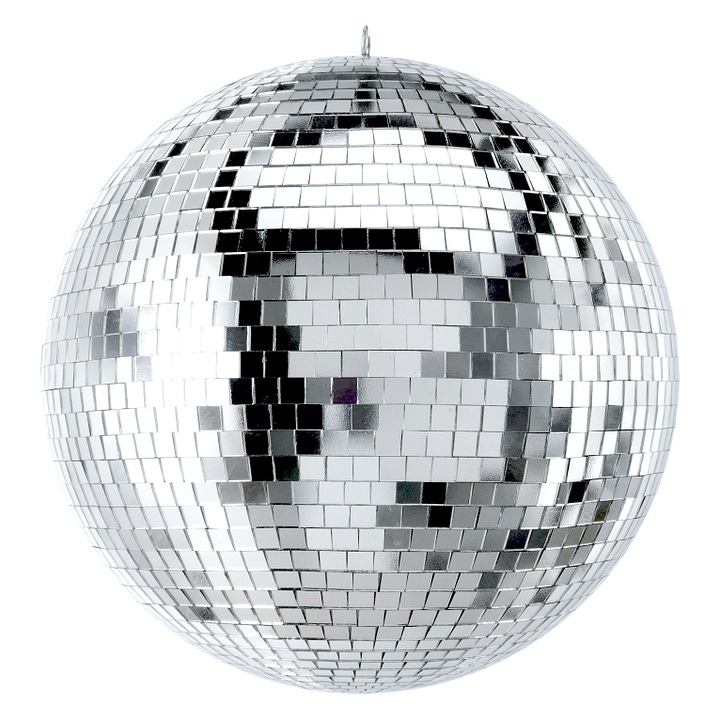Rules and Myths: Matte vs Shimmer.
Taking a break from face shapes to discuss the various finishes we find in eyeshadows and why we tell mature women they can't wear shimmer.
Yes, we will get back to face shapes next week. It was feeling very technical and big as each shape could be a full class lesson! And if you subscribe but maybe are not a professional artist, a month plus of face shapes can feel tedious. Let’s take a break. I thought we would have some fun and talk about matte and shimmer in eyeshadows. When should you use matte, when should you use shimmer and why does there seem to be rules about who can use them?
Let’s go.
Formulation & Finish
Any colored powder that is pressed into a metal tray is pressed color. It doesn’t matter how big the metal tray ( or clam shell) is, they are all the same. We tend to think big round pressed color products are blushes and smaller ones are eyeshadows, but they are all the same. Pressed color is pressed color. Use it wherever you want.
Formulations can vary but not by much. Blushes, powders and eyeshadows are made by mixing colored pigments and/or micas with binders (to hold them together) and emollients (to add slip and make them stick to skin). They are then pressed into individual pans which are then glued into packaging. Notice that most pressed color looks and acts the same? It is because there are only so many manufacturers of pressed color. Most brands use the same manufacturers to create their products. The packaging looks different but the innards are much the same.
The finish of a pressed color product is determined by how much light it reflects. This is where we get the terms “matte” and “shimmer”. Matte shadows reflect no light. Shimmers can vary, but all will reflect some degree of light. Matte is created with colored pigment while shimmer is created with finely milled mica. We use the word “shimmer” to describe anything that has reflective qualities however you might hear the term pearl, satin or metallic too. Usually pearls have more of a gossamer shimmer, satins are very low shim and metallics have more individual spots that reflect.


Matte VS Shimmer
Because matte colors do not reflect any light, they tend to be flatter on the skin. We use matte when we want contour, shape and color payoff. Contour creates the illusion of depth, an area that recedes or pushes back. For things to seem pushed back, we have to use something that will not capture light. So, we have to use matte colors in these areas. Make sense? Matte is also good for creating a background on our canvas, like an all over shadow. They are also great when we just want a simple color payoff, like a nice sweep of blush or a specific color on the eye.
Keep reading with a 7-day free trial
Subscribe to Makeup Lessons & Color Theory to keep reading this post and get 7 days of free access to the full post archives.

